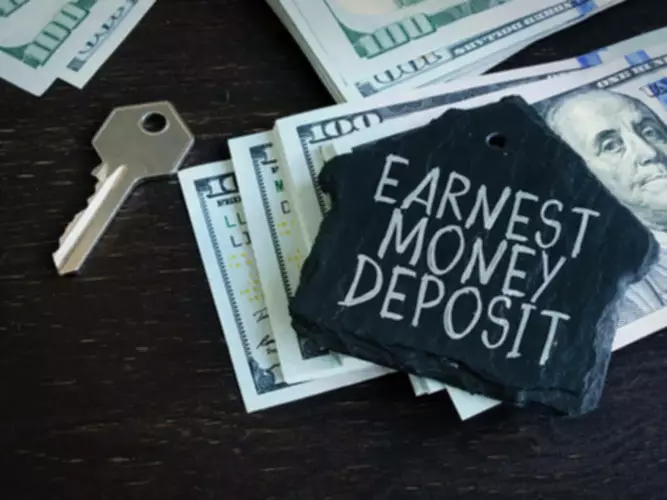Content

Current assets are any asset a company can convert to cash within a short time, usually one year. These assets are listed in the Current Assets account on a publicly traded company’s balance sheet. Creditors and investors keep a close eye on the Current Assets account to assess whether a business is capable of paying its obligations. Many use a variety of liquidity ratios, representing a class of financial metrics used to determine a debtor’s ability to pay off current debt obligations without raising additional funds. Depending on the nature of the business and the products it markets, current assets can range from barrels of crude oil, fabricated goods, inventory for works in progress, raw materials, or foreign currency.
- PwC refers to the US member firm or one of its subsidiaries or affiliates, and may sometimes refer to the PwC network.
- Accounts receivable and notes receivable that result from company sales are called trade receivables, but there are other types of receivables as well.
- Notes Receivable are an asset as they record the value that a business is owed in promissory notes.
- It is not unusual for a company to have both a Notes Receivable and a Notes Payable account on their statement of financial position.
- If the note receivable is due within a year, then it is treated as a current asset on the balance sheet.
Here are three reasons AR is a major asset to your business and how it could increase your company’s efficiency when executed well. Entities that anticipate prepayments in applying the interest method shall disclose that policy https://www.bookstime.com/articles/what-are-notes-receivable and the significant assumptions underlying the prepayment estimates. Interest receivable will be classified under the head interest in the asset side and the interest receivable amount will be added in the interest income.
Example of Journal Entries for Notes Receivable
Let’s say that our example company turned over the $2,200 accounts receivable to a collection agency on March 5, 2019 and received only $500 for its value. The difference between $2,200 and $500 of $1,700 is the factoring expense. You are the owner of a retail health food store and have several large companies with whom you do business. Many competitors in your industry are vying for your customers’ business. For each sale, you issue a notes receivable to the company, with an interest rate of 10% and a maturity date 18 months after the issue date.
Our accounts receivable software simplifies the process, so you can spend less time chasing payments and more time on improving efficiency and the core functions of your business. For cash-based accounting, Farmer Andy’s accountant credits the account for the full $250,000 received. However, he or she only records credit payments to match transactions representing Farmer Andy’s installment payments or lump sum repayment. At the maturity date of a note, the maker is responsible for the principal plus interest. The payee should record the interest earned and remove the note from its Notes Receivable account.
Tips to Reduce Your Cash Conversion Cycle
For notes discounted with recourse, the original holder is contingently liable for paying the note. That is to say, they will have to pay the note in the event of default. If the note is not paid at maturity, the bank can collect from the original holder of the note was discounted with recourse.
- An example would be excess funds invested in a short-term security, putting the funds to work but keeping the option of accessing them if needed.
- Accounts receivable are informal, short-term and non-interest-bearing amounts owed by a customer.
- This chapter discusses accounts receivable, uncollectible accounts, bad debts, and accounts payable.
- The $18,675 paid by Price to Cooper is called the maturity value of the note.
- Adam received his master’s in economics from The New School for Social Research and his Ph.D. from the University of Wisconsin-Madison in sociology.
- In addition, notes receivable can potentially be sold to third parties.
This reflects the value of being able to use assets, like buildings, automobiles, and equipment, that are not included in property, plant, and equipment because the leases are not classified as capital leases. Our writing and editorial staff are a team of experts holding advanced financial designations and have written for most major financial media publications. Our work has been directly cited by organizations including Entrepreneur, Business Insider, Investopedia, Forbes, CNBC, and many others. Finance Strategists is a leading financial literacy non-profit organization priding itself on providing accurate and reliable financial information to millions of readers each year. At Finance Strategists, we partner with financial experts to ensure the accuracy of our financial content. Now, assuming the same facts as in Example 2, suppose that the note is assigned originally on 30 June 20×1.
Notes Receivable vs. Notes Payable
In most cases, these transactions are backed up by collateral such as property or inventory making them less risky than other forms of investment. Often, a business will allow customers to convert their overdue accounts (the business’ accounts receivable) into notes receivable. By doing so, the debtor typically benefits by having more time to pay. Companies of all sizes and industries use notes receivable, which benefit both sides of the purchase equation.

Disclosure of receivables, including footnote details (related-party receivables), are shown for Scott’s Liquid Gold Inc. below. To provide additional information, the debit could be recorded to an account entitled “Notes Receivable—Dishonored.” If the note is not paid and was discounted without recourse, no further entry is needed. A holder of a note can readily convert it to cash by discounting it at a bank, either with or without recourse. In many cases, these liabilities are not included in the balance sheet with other liabilities.
AR is also a measure of the efficiency of your business because of the unique role it plays in defining customer experience. This role is unique because AR performs both front and back office functions. PwC refers to the US member firm or one of its subsidiaries or affiliates, and may sometimes refer to the PwC network.
Recognize notes receivable income as interest income on the income statement. Thus, when payment is made the amounts effect the balance sheet as well as the income statement. If current assets are those which can be converted to cash within one year, non-current assets are those which cannot be converted within one year. On a balance sheet, you might find some of the same asset accounts under Current Assets and Non-Current Assets.
b) filings need to done on time for Co-founders of startups.
By following these steps, you can ensure that your note receivables remain current and minimize the risk of late payments impacting your cash flow. The principal part of a note receivable that is expected to be collected within one year of the balance sheet date is reported in the current asset section of the lender’s balance sheet. The remaining principal of the note receivable is reported in the noncurrent asset section entitled Investments. Per accrual accounting principles, you must record revenue the moment your company has delivered a service or product and can reasonably expect to collect on the invoice.
Since the note has matured, the holder or payee removes the note from Notes Receivable and records the amount due in Accounts Receivable (or Dishonored Notes Receivable). Since the note has matured, the holder or payee removes the note from Notes Receivable and records the amount due in Accounts Receivable. You are an accounting clerk for Yummy Foods, a company that produces packaged desserts that are sold in grocery stores across the state of Ohio. Recently, Yummy Foods decided to extend a loan to one of its suppliers of ingredients since their plant was damaged by a hurricane. Yummy Foods did this in good faith and because it has a good relationship with the supplier. This is, however, the first time that the company has had to deal with a Note Receivable.
According to Apple’s balance sheet, it had $135 million in the Current Assets account it could convert to cash within one year. This short-term liquidity is vital—if Apple were to experience issues paying its short-term obligations, it could liquidate these assets to help cover these debts. A note receivable of $300,000, due in the next 3 months, with payments of $100,000 at the end of each month, and an interest rate of 10%, is recorded for Company A. This entry eliminates from Sparky’s books the accounts receivable from JPG for the original invoice and establishes the new note receivable, due in six months.
Where do notes receivable go on the balance sheet?
The notes receivable is an account on the balance sheet usually under the current assets section if its life is less than a year. Specifically, a note receivable is a written promise to receive money at a future date.